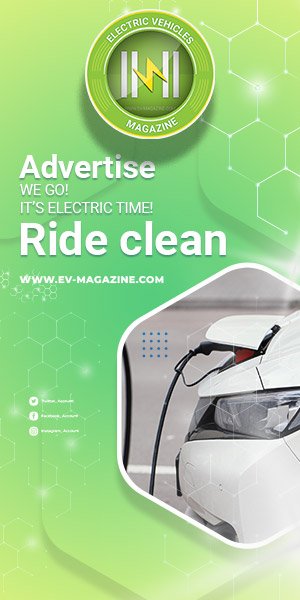Ryder System purchased more than 1,000 natural gas vehicles on behalf of its customers, but even so, mass adoption was never achieved.
That was the message from Ryder System chairman and CEO Robert Sanchez, who delivered a keynote address at ACT Expo.
Ryder CEO Robert Sanchez (Photo: Steve Bouchard)
“Ultimately, our customers at that time didn’t see the value as they evaluated their transportation costs with this new technology,” he said of natural gas. “Today, we continue to be early adopters of new technology. However, mass adoption will likely again be determined by our customers.”
Sanchez brought on stage a big beige cell phone from the 80’s to demonstrate where battery-electric truck technology is today, and where it needs to go.
“In 1984, the Motorola DynaTAC 8000X hit the market. Some of you might remember this as ‘the brick.’ It was the first widely available hand-on mobile phone,” he said. “It weighed 2.5 lb., offered 30 minutes of talk time with a charge and took 10 hours to reach the full battery capacity. In today’s money, the price tag of this brick would be $12,000.”
In 1998, it hit the inflection point, thanks to the miniaturization and advancement of microprocessors that allowed for the creation of smaller, more cost-effective cell phones. Batteries also got smaller and lighter, which improved talking-to-charging time.
“With these technological breakthroughs, both the equipment and the supporting cellular network became more accessible, while prices dropped and performance improved. All this work paved the way to today’s smartphones that now have the bandwidth, the battery life, speed, and reliability that have completely changed the way we look at the world”.
As with cell phones, the cost of electric vehicles must come down and we need smaller, lighter, and more powerful battery technologies. We also need additional charging infrastructure. Sanchez considers the industry is at a growth phase in terms of capabilities, infrastructure and adoption. “We’re at the point where we need a technological breakthrough.”
Ryder’s CEO reminds that of nearly 250,000 light, medium and heavy commercial vehicles in its fleet counts, only 60 are EVs. Out of 40,000 commercial customers, only 18 have chosen to deploy EVs. “It’s not just Ryder, it’s across the industry. Of 1.16 million commercial vehicles in operation in the U.S., only around 20,000 commercial EVs are currently deployed.”
Ryder recently conducted a quantitative analysis comparing traditional diesel engines to electric vehicle technology. “We want to understand the total cost of transport, or what we call the TCT, by diesel versus electric vehicles in light, medium, and heavy-duty commercial classes based on representative loads from our own dedicated transportation businesses,” explained Sanchez.
The TCT is the sum of the costs related to the vehicle, maintenance, fuel or energy, EV charging time, EV charger, driver wages and personnel costs, general and administrative expenses as well as range and payload.
Results showed significant cost increases to convert to EV technology in today’s market. “The cost increases we expected, but the magnitude of those increases we did not.”
The estimated annual TCT increase of a light-duty truck is about 3% ($5,000); for a medium-duty EV truck, the TCT increase is around 22% ($48,000), and for a heavy-duty Class 8 EV tractor, it’s 94% or $315,000.
According to those numbers, commercial EVs beyond light-duty transit vans are not ready for mass adoption due to price, as well as range and payload limitations. “We also know that we have a lack of critical charging infrastructure, and we will need major improvements to the power grid in order to support it,” he said.
Many customers asked Ryder about the cost benefit of converting to EVs. “We found the most significant barrier to conversion is the total cost constraints.”
Sanchez believes that for commercial EVs to work in the real world, a breakthrough in battery technology and an expansion of the charging infrastructure is needed. “We need an inflection point. That critical technology breakthrough that serves as a catalyst for massive adoption of new technology.”
Source link
#Customers #determine #mass #adoption #tech #Ryder #CEO







